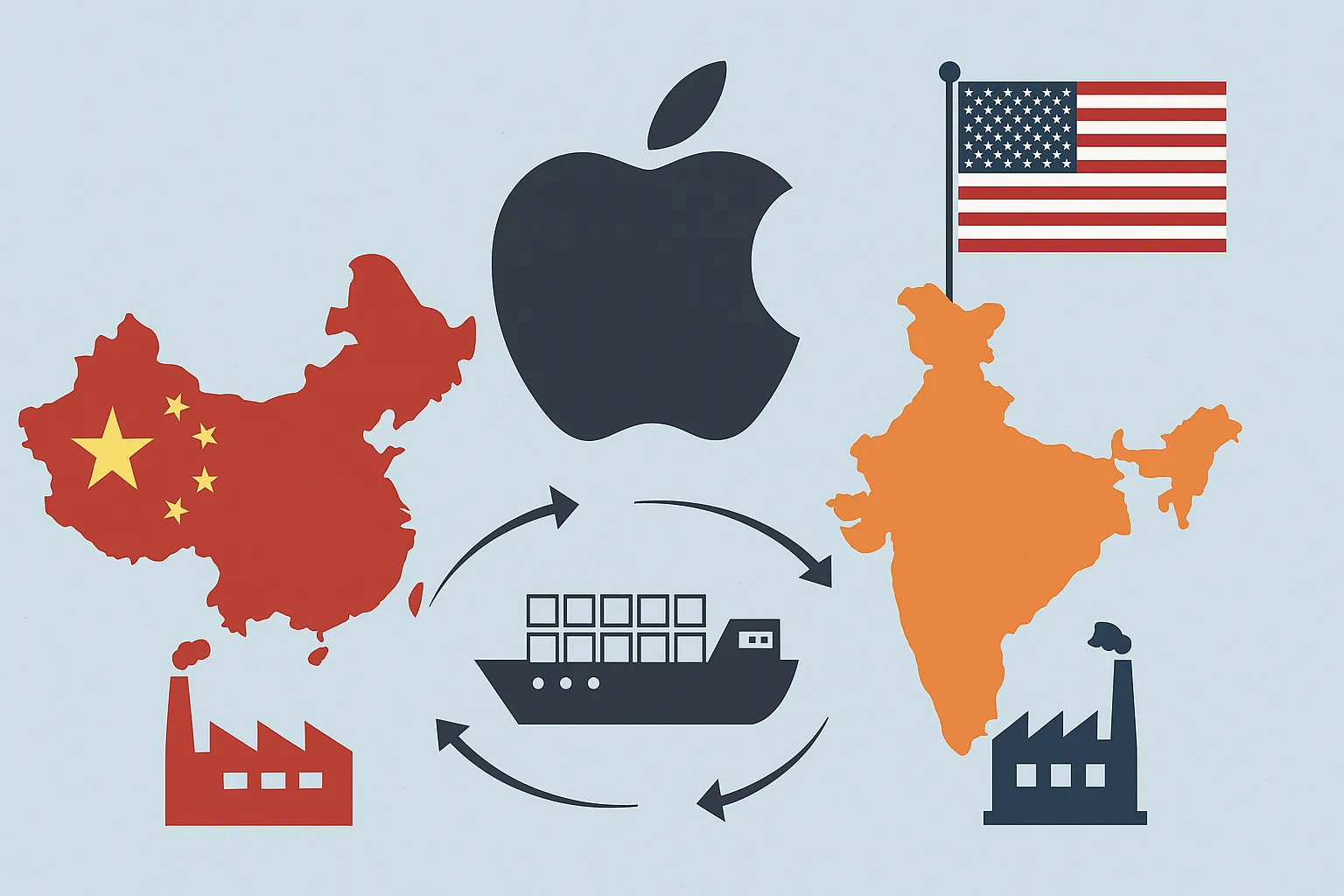Pregnancy is a delicate phase, marked by constant monitoring and care to ensure the safety of both mother and baby. Traditionally, care providers have relied on various risk factors to assess the likelihood of complications during pregnancy, such as stillbirth or newborn health issues. However, these assessments often involve human intuition, medical history, and a host of physical characteristics. A new breakthrough in AI research, led by University of Utah Health Sciences, promises to revolutionize pregnancy care by uncovering previously unknown warning signs for negative pregnancy outcomes, providing more personalized risk assessments, and improving overall maternal and fetal health management.
Unveiling Hidden Patterns
In a groundbreaking study, researchers analyzed data from nearly 10,000 pregnancies, uncovering complex, previously unidentified combinations of risk factors tied to serious pregnancy complications, including stillbirth. The use of artificial intelligence (AI) in this study allowed researchers to sift through vast amounts of ultrasound data, maternal medical history, and fetal characteristics to identify subtle patterns and correlations that were otherwise overlooked by traditional methods.
The team used a form of AI known as “explainable AI,” which not only estimated the risk of complications but also explained how specific factors contributed to these predictions. This transparency provided an insight into the decision-making process, allowing healthcare professionals to better understand how different factors interact to influence pregnancy outcomes.
Unexpected Findings in Risk Patterns
One of the most surprising discoveries was the relationship between pre-existing diabetes and the sex of the fetus. Traditionally, female fetuses are considered slightly less prone to complications compared to male fetuses. However, the AI model revealed a striking exception: when a pregnant person has pre-existing diabetes, female fetuses are at a significantly higher risk for complications than male fetuses. This revelation has the potential to change clinical guidelines for managing pregnancies involving diabetic mothers, ensuring more personalized care.
The AI model identified other unexpected risk factors and combinations, such as fetal weight, the presence of maternal conditions like diabetes, and fetal anomalies such as heart defects. These discoveries not only challenge conventional wisdom but also highlight the potential of AI in uncovering new insights into pregnancy health.
Identifying Risk in Low-Weight Fetuses
A critical focus of the research was the assessment of fetuses classified in the bottom 10% for weight. These fetuses are small enough to be concerning but large enough that they are often deemed healthy under current guidelines. Typically, all pregnancies with fetuses in this weight category are subject to intensive monitoring, which can be emotionally and financially burdensome for expectant families. However, the AI analysis revealed that the risk of negative outcomes within this group varies drastically.
In some cases, the risk of complications was no higher than in an average pregnancy. In other cases, the risk was up to ten times greater. Factors such as fetal sex, pre-existing diabetes in the mother, and the presence of fetal anomalies were all critical in determining the level of risk, making it clear that the decision to monitor these pregnancies intensively should not be a one-size-fits-all approach.
The Potential of AI in Personalized Risk Assessment
The study, led by Nathan Blue, MD, an assistant professor of obstetrics and gynecology at the University of Utah, emphasizes the power of AI in refining pregnancy risk assessments. While experienced clinicians have intuition and expertise in evaluating pregnancy risks, the sheer volume of variables at play—ranging from social support and medical history to ultrasound data—makes it difficult to quantify exactly how decisions are made. Human factors like bias, mood, and fatigue can also subtly skew judgment, leading to inconsistencies in care.
The AI-based model offers a solution by processing all the relevant factors in a consistent, reproducible manner. By quantifying the weight of each variable, AI provides a clearer and more objective assessment of risk, minimizing human biases and ensuring that care decisions are based on data rather than intuition alone.
Moreover, the explainable AI model is particularly useful in cases where pregnant individuals present unique combinations of risk factors that do not fit neatly into existing guidelines. In these cases, the AI model can offer a more precise risk prediction, guiding doctors toward better-informed treatment decisions tailored to the individual’s specific context.
The Role of Explainable AI
Unlike traditional “black-box” AI models, which can offer predictions without explaining the reasoning behind them, explainable AI provides transparency. This feature is critical in the medical field, where understanding the rationale behind a decision is just as important as the decision itself. Healthcare providers can use this transparency to build trust with patients, identify potential biases, and refine care strategies accordingly.
The explainable AI model developed by the University of Utah team is flexible and can adapt to the complexities of rare pregnancy scenarios. It offers a personalized risk profile for each individual based on their unique medical history and pregnancy factors. The potential for such a tool is immense, as it could become a cornerstone of modern pregnancy care, helping clinicians make more accurate and consistent decisions.
Transforming Pregnancy Care
While this AI model is still in the early stages and requires validation in different populations, its potential for transforming pregnancy care is undeniable. As the research team continues to test and refine the model, it is likely to become a standard tool for obstetricians, helping them assess risk more effectively and make more informed decisions. This approach promises to reduce unnecessary interventions and ensure that pregnancies are managed according to the actual risk level, not just general guidelines.
The implications for healthcare are profound. By accurately identifying high-risk pregnancies, AI models can help allocate resources more efficiently, ensuring that those who need intensive monitoring receive it while avoiding unnecessary treatments for low-risk pregnancies. This could lead to a reduction in the overall healthcare costs associated with pregnancy and childbirth, all while improving outcomes for mothers and babies.
The use of AI in pregnancy care represents a significant step forward in the quest to improve maternal and fetal health outcomes. By uncovering new patterns and risk factors, the University of Utah’s research team has opened the door to more personalized, data-driven care. This research highlights the potential of AI to transform the medical field, offering a powerful tool for healthcare providers to better understand and manage pregnancy risks. With further testing and validation, AI-based models could become an indispensable part of prenatal care, ensuring that every pregnancy is monitored and managed in the most effective way possible, ultimately saving lives and improving health outcomes for both mothers and their babies.
As AI technology continues to advance, the future of pregnancy care looks brighter, with more precise and individualized treatment options on the horizon. The combination of human expertise and AI-driven insights will create a new era in prenatal care, making it possible to identify risks earlier, personalize care plans, and ultimately reduce the incidence of stillbirths and other pregnancy complications.























